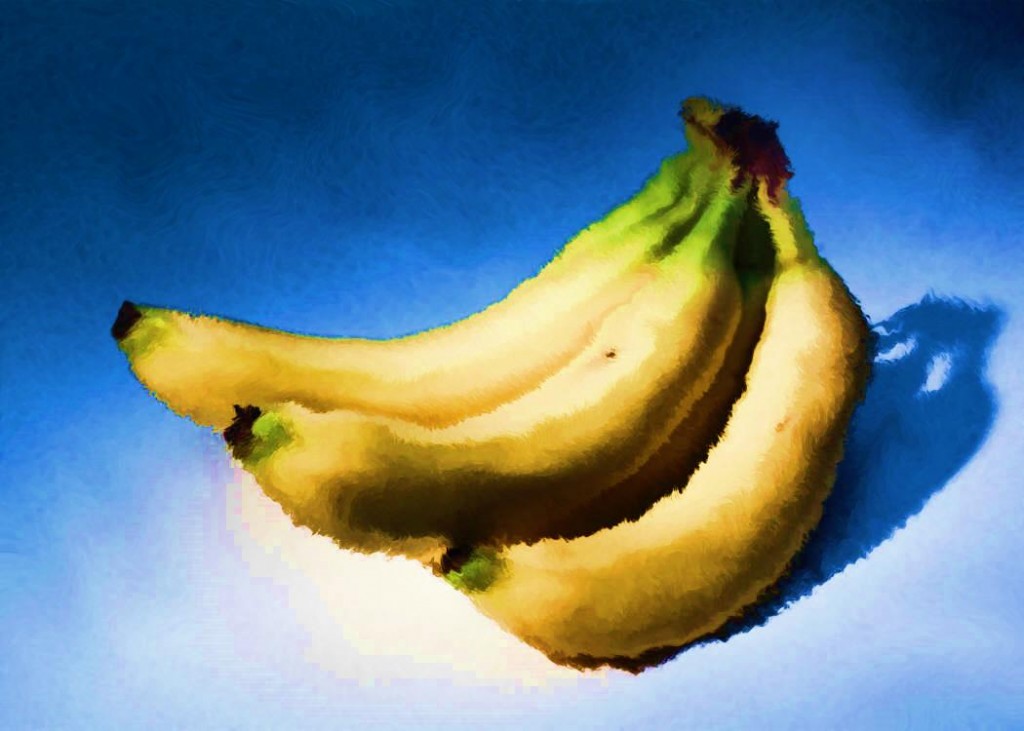
Every health-conscious senior knows about the dangers of including too much sodium in the diet, and any serious effort at reducing the risk of high blood pressure and stroke has to include keeping sodium intake at a safe level.
But evidence seems to indicate that, along with reducing the amount of sodium in the diet, increasing the amount of a certain other electrolyte mineral is another important step to take in pursuit of good senior health.
Electrolytes are minerals that, as ions or charged participles, can conduct electricity. Inside the body, a proper balance between key electrolytes is vital to good health, and it just so happens that sodium and potassium are two key electrolytes that definitely ought to be kept in proper balance.
For most people—especially in this age of processed foods containing unprecedented amounts of sodium—this means two obvious steps are in order for anyone serious about attaining or maintaining good senior health:
- Reduce sodium intake. Often, simply reducing consumption of processed foods can make a big difference.
- Increase potassium intake. Increasing the amount of potassium in your diet can pay off in reduced health risks and an overall level of health that you haven’t seen in years.
Problems associated with low potassium intake include hypertension, stroke, and lung and kidney problems. Potassium deficiencies have also been associated with osteoporosis, which strikes many women as they age. Perhaps less serious but still troublesome conditions associated with low sodium intake include fatigue, muscle spasms, and night cramps.
Adequate potassium consumption is especially vital for people who have one or both of the following conditions:
- High blood pressure
High blood pressure, or hypertension, is a serious problem for many American seniors and adults of all ages. Elevated blood pressure increases the heart’s workload, and puts people at higher risk for heart failure, heart attack, stroke, artery disease, kidney disease, and more. Evidence seems conclusive that reducing sodium and increasing potassium in the diet is advisable for people with hypertension. A diet with sodium and potassium in good balance is also beneficial for people who do not have high blood pressure and want to reduce their chances of developing it.
- Diabetes
Diabetes can increase the risk of stroke and affect the heart, eyes, kidneys, nerves, and more. In one of those chicken-or-the-egg scenarios, hypertension can contribute to diabetes and diabetes can contribute to hypertension, so it goes without saying that a potassium-rich diet is likely to reduce problems associated with diabetes. It even appears a potassium-rich diet may promote optimum use of the body’s insulin and help many people maintain normal or manageable blood sugar levels.
Supplements or food?
While potassium supplements may be advisable for some people, the method most often recommended for increasing potassium intake is simply to include potassium-rich foods in the diet.
Foods known to be rich in potassium include:
- yogurt
- bananas
- carrot and prune juice
- fish including cod, halibut, tuna, and rainbow trout
- tomato paste, puree, and sauce
The best sources of potassium in the diet, however, are generally thought to be some common vegetables and fruit you probably already enjoy eating anyway. It may be that the key to maintaining an ideal potassium intake simply involves consuming more of certain foods that are already in your diet.
What is your ideal potassium intake? The recommended daily amount is 4,700 milligrams (4.7 grams).
Bananas, which many people believe contain the highest amount potassium among common foods, average about 422 milligrams each, according to The Huffington Post. But, as The Huffington Post reports, there are plenty of delicious vegetables and fruit that pack even more potassium than bananas. Among these potassium-rich staples are:
- potatoes, packing about 751 grams each
- cooked beet greens, at a whopping 1,300 grams per cup
- spinach, at 830 grams per cup (which may explain why Popeye always looked so healthy)
- various beans, at over 1,000 grams per cup
- sweet potatoes, 542 grams each
- dates, 835 grams for a serving of five
- avocados, 975 grams apiece
- winter squash, 582 grams
- raisins, 644 grams per 3 ounces (or just two of those little boxes)
There are plenty of other common foods rich in potassium, and probably just as many reasons to incorporate them into your healthy senior diet.
Remember, though, too little or too much of anything usually isn’t a good thing. As far as potassium is concerned, it should not be viewed as a replacement for sodium, but as an important mineral to be consumed with a responsible amount of sodium. And, just as it can be dangerous to include too much sodium in the diet, it is not recommended to consume excessive amounts of sodium, either. Staying close to recommended guidelines should help almost anyone combat effects of high blood pressure, diabetes, muscle spasms, night cramps, fatigue, and more. And even if you’re feeling on top of the world as you read this, it seems clear that one of the best ways to reduce health risks and stay on top of the world is to consult your dietitian about ways to include a healthy amount of potassium in your diet.
To learn more about Medicare supplement insurance and all your best healthcare options, why not give MedicareMall a call today?
What is your favorite potassium-rich food or recipe? Leave a comment below!
© 2013 MedicareMall.com
